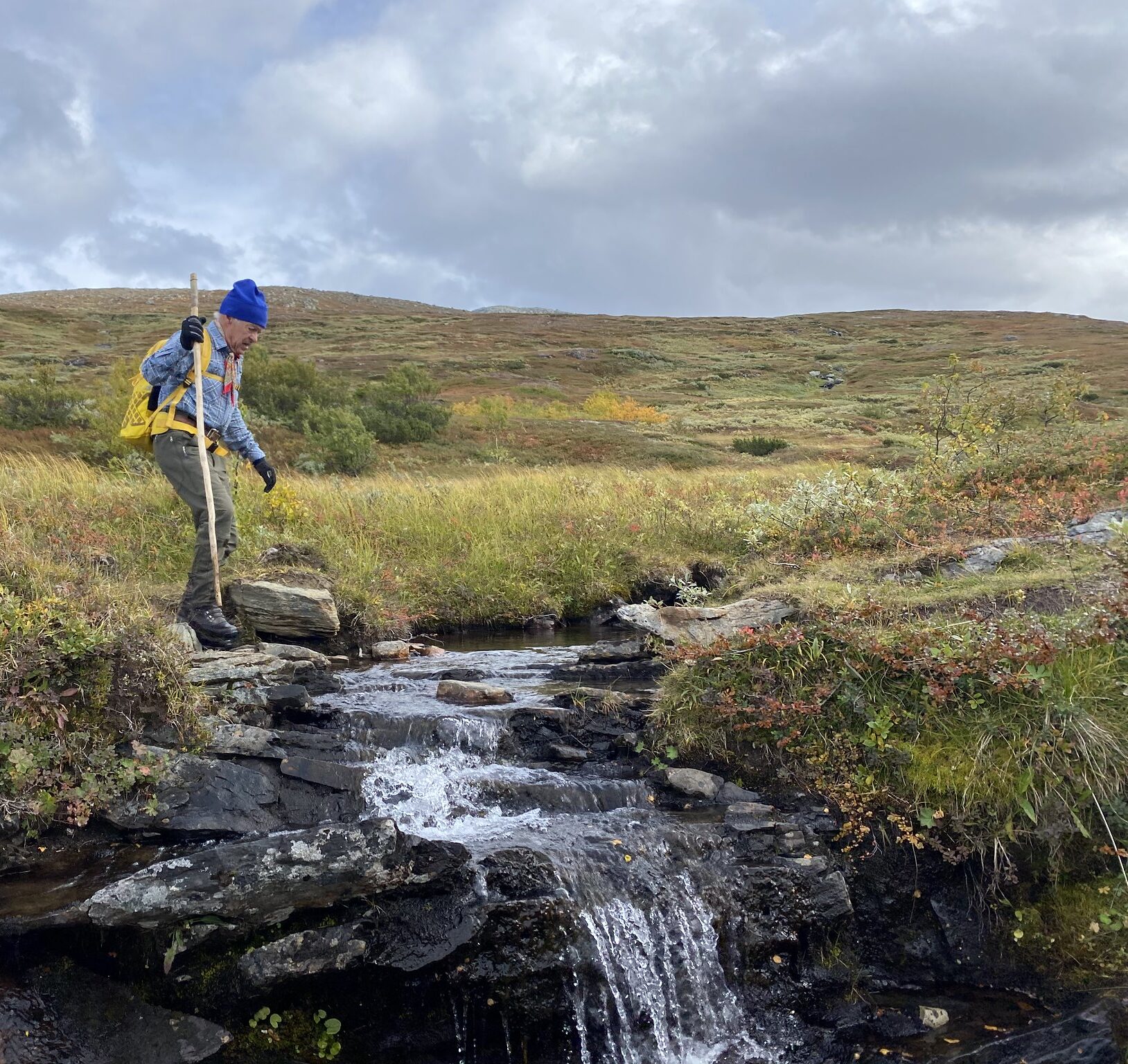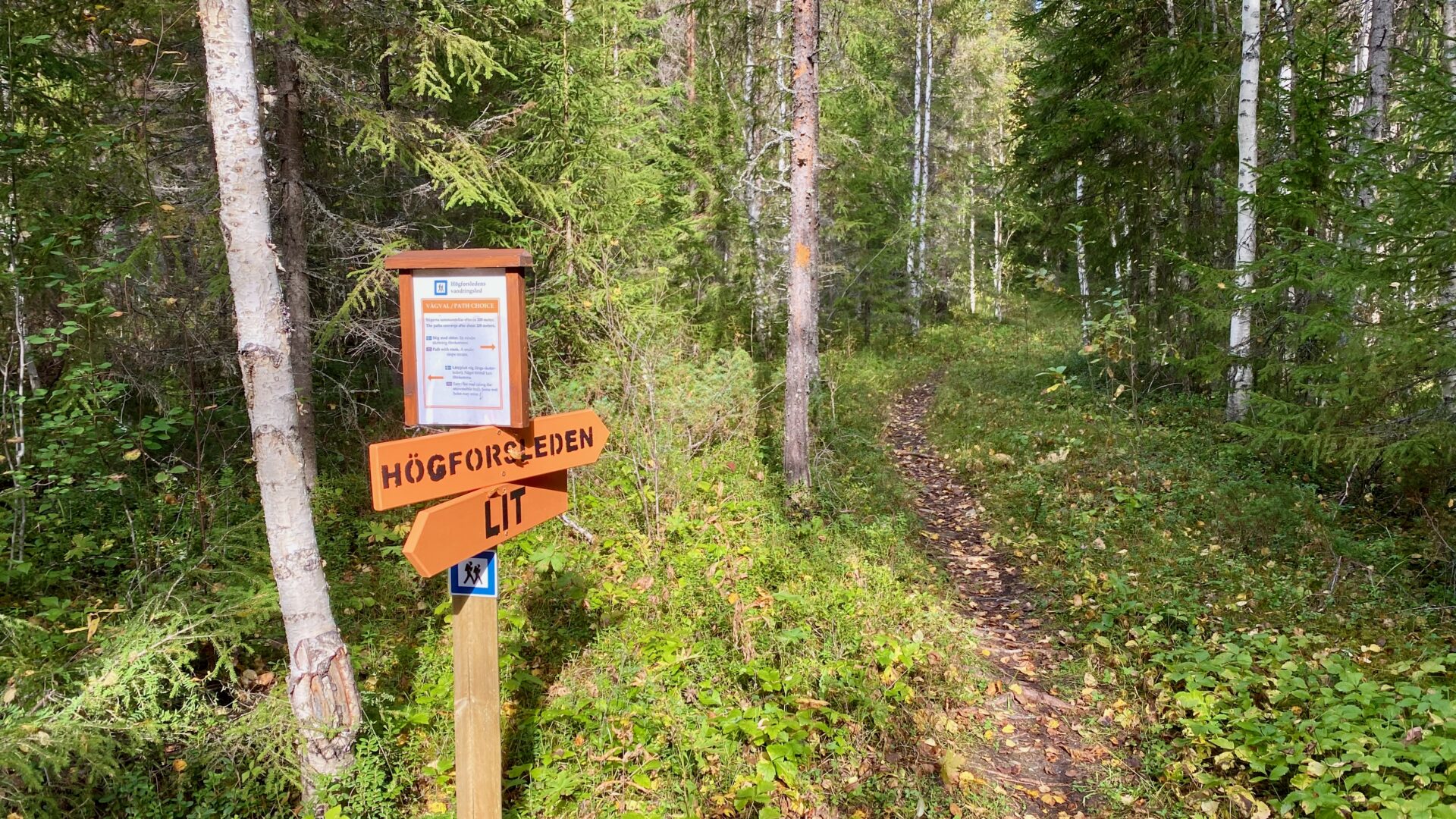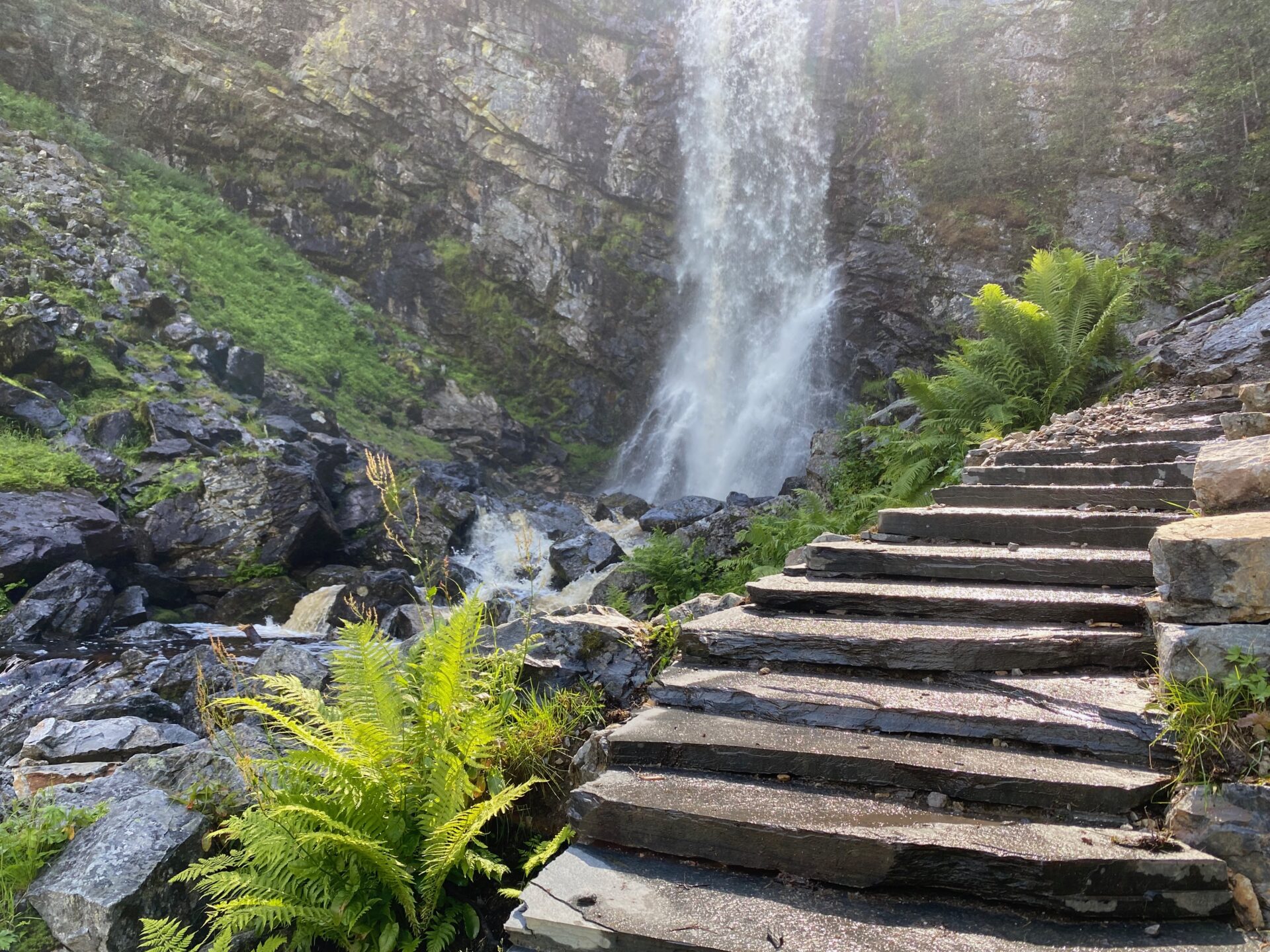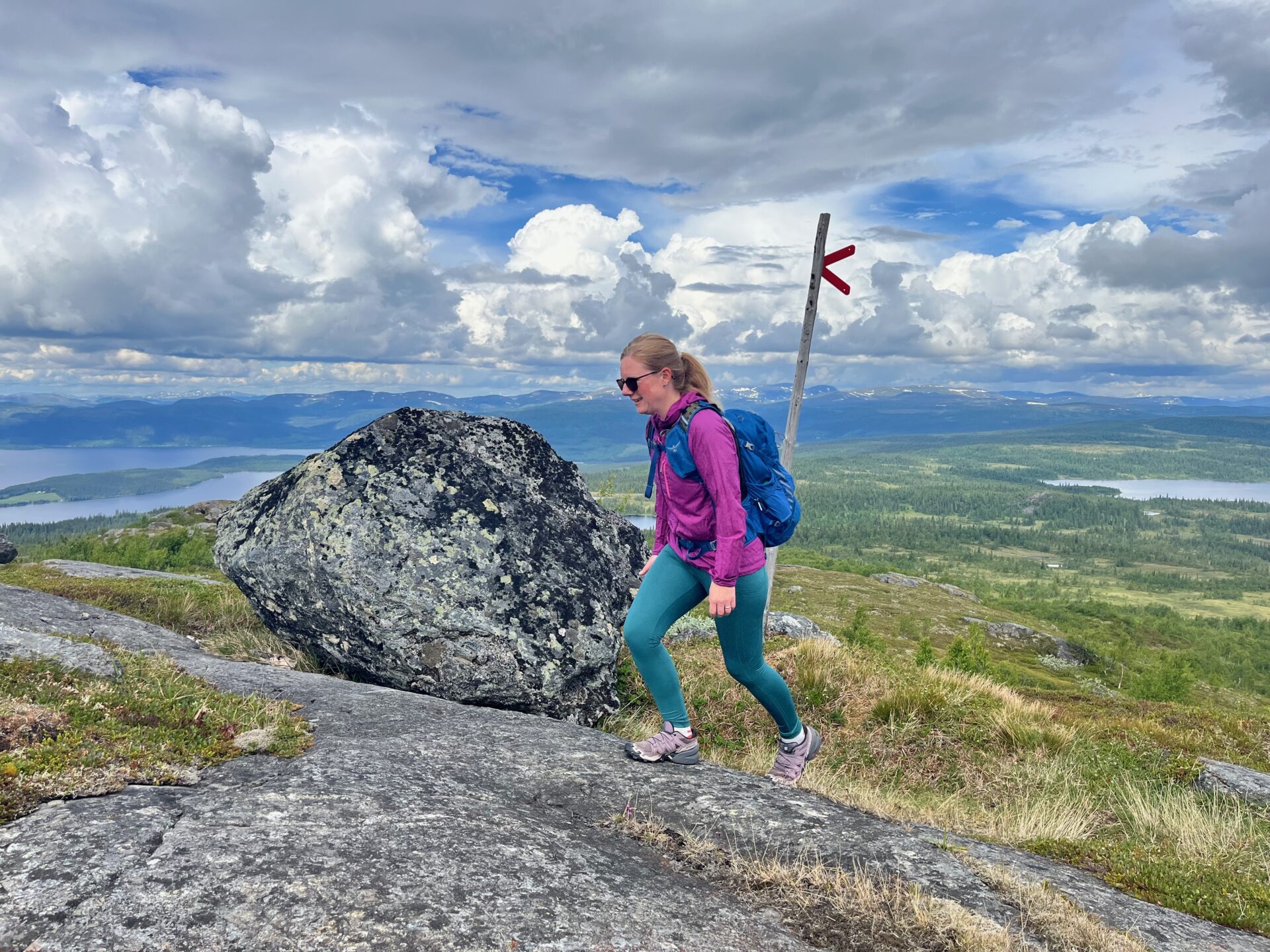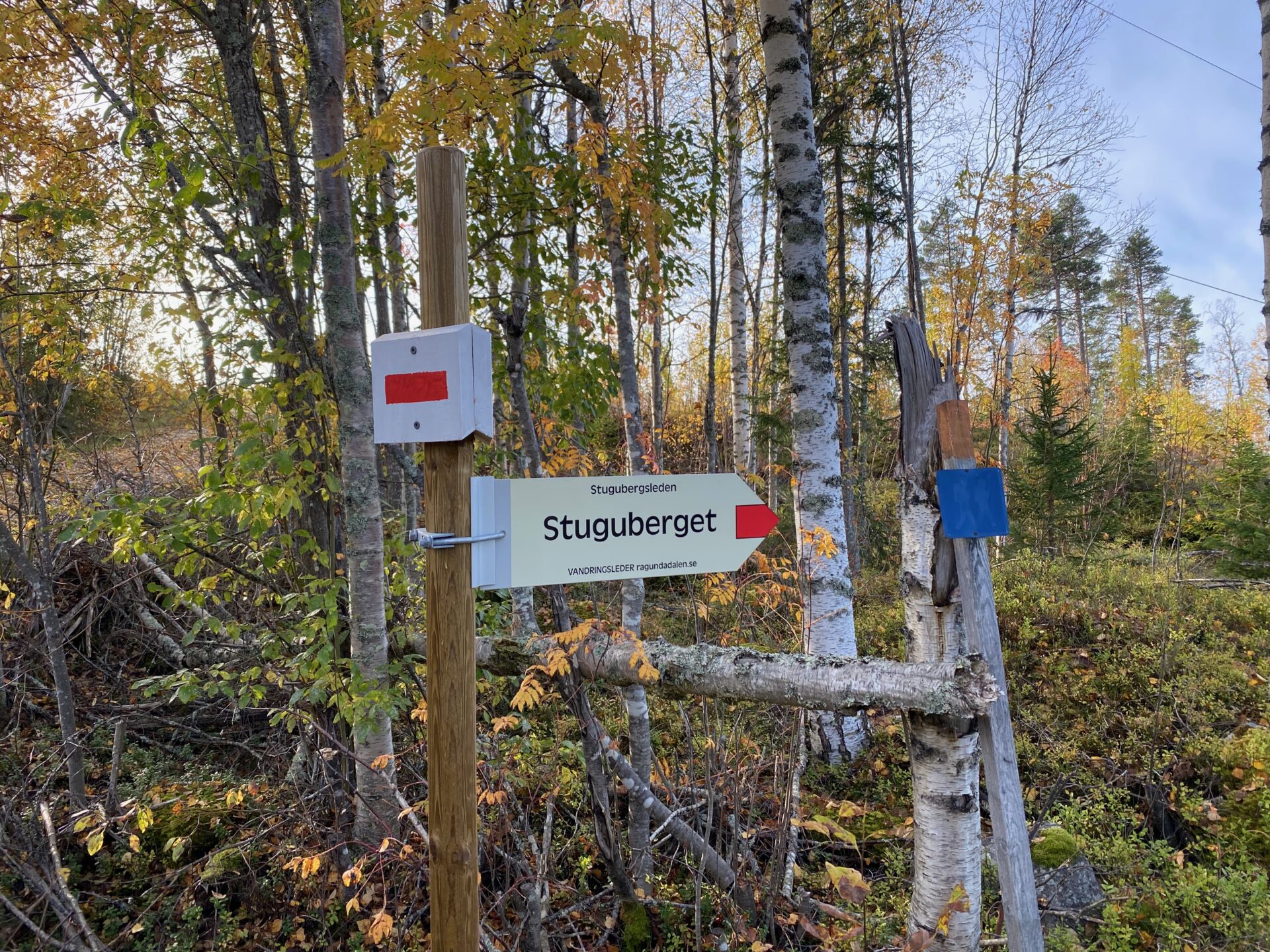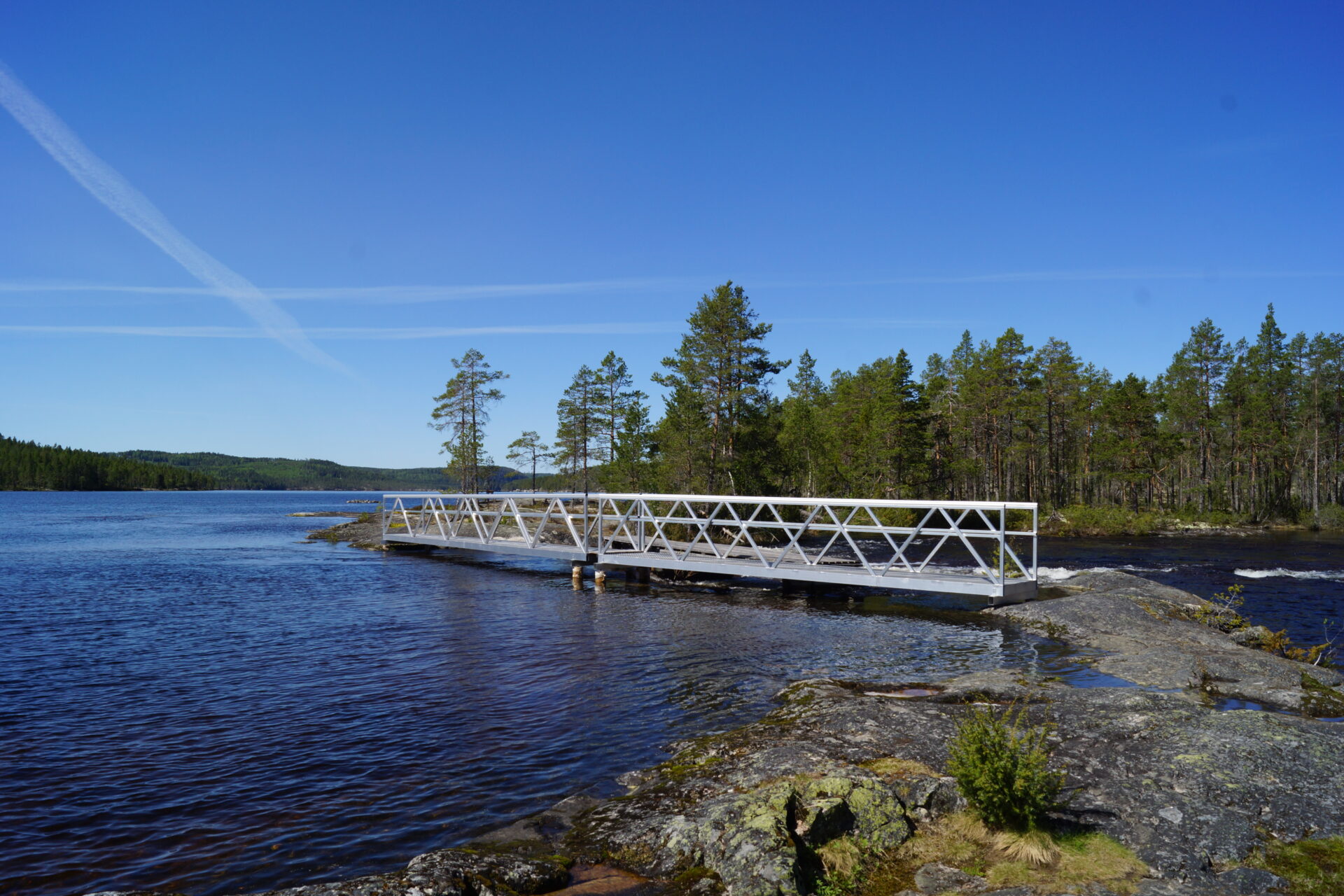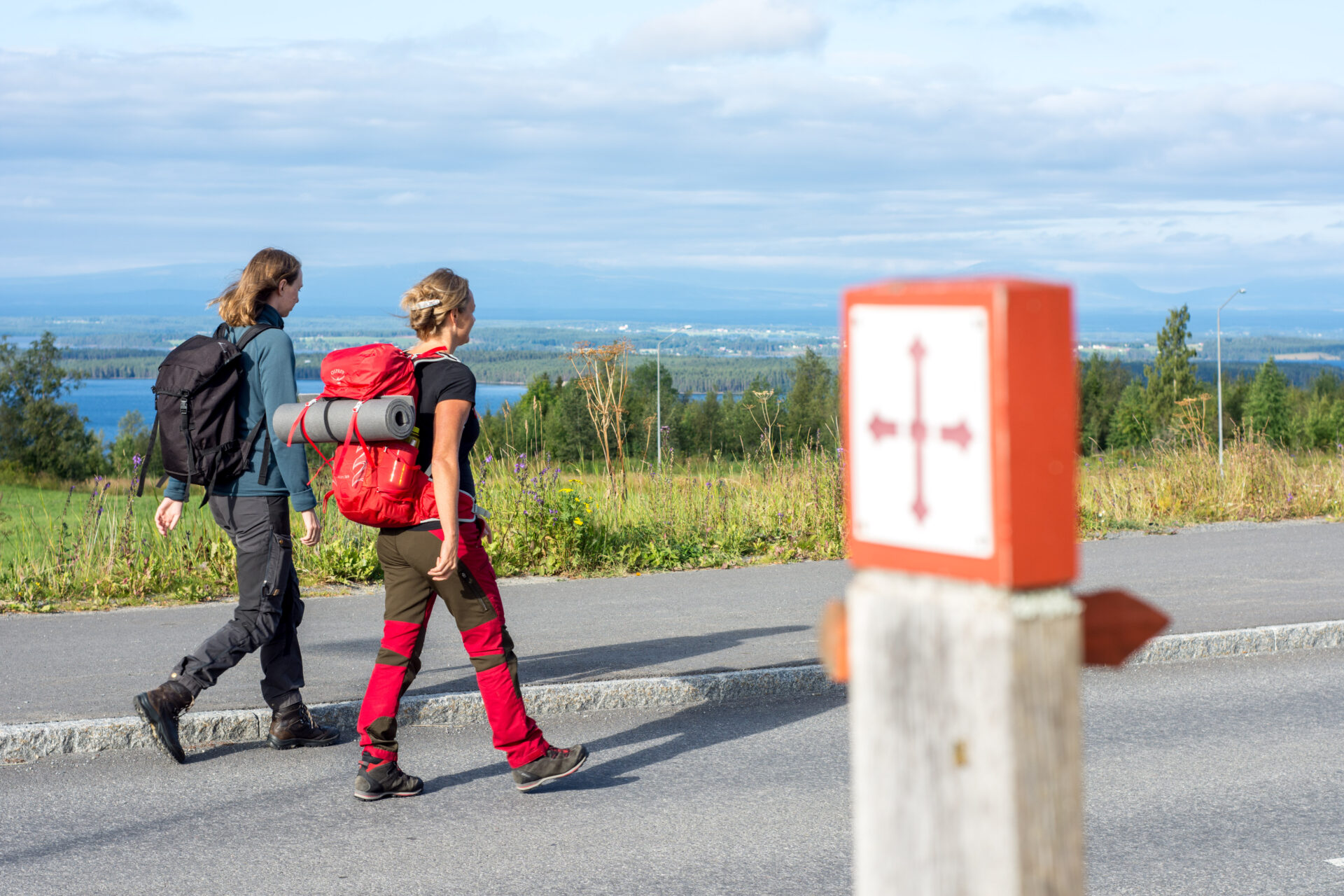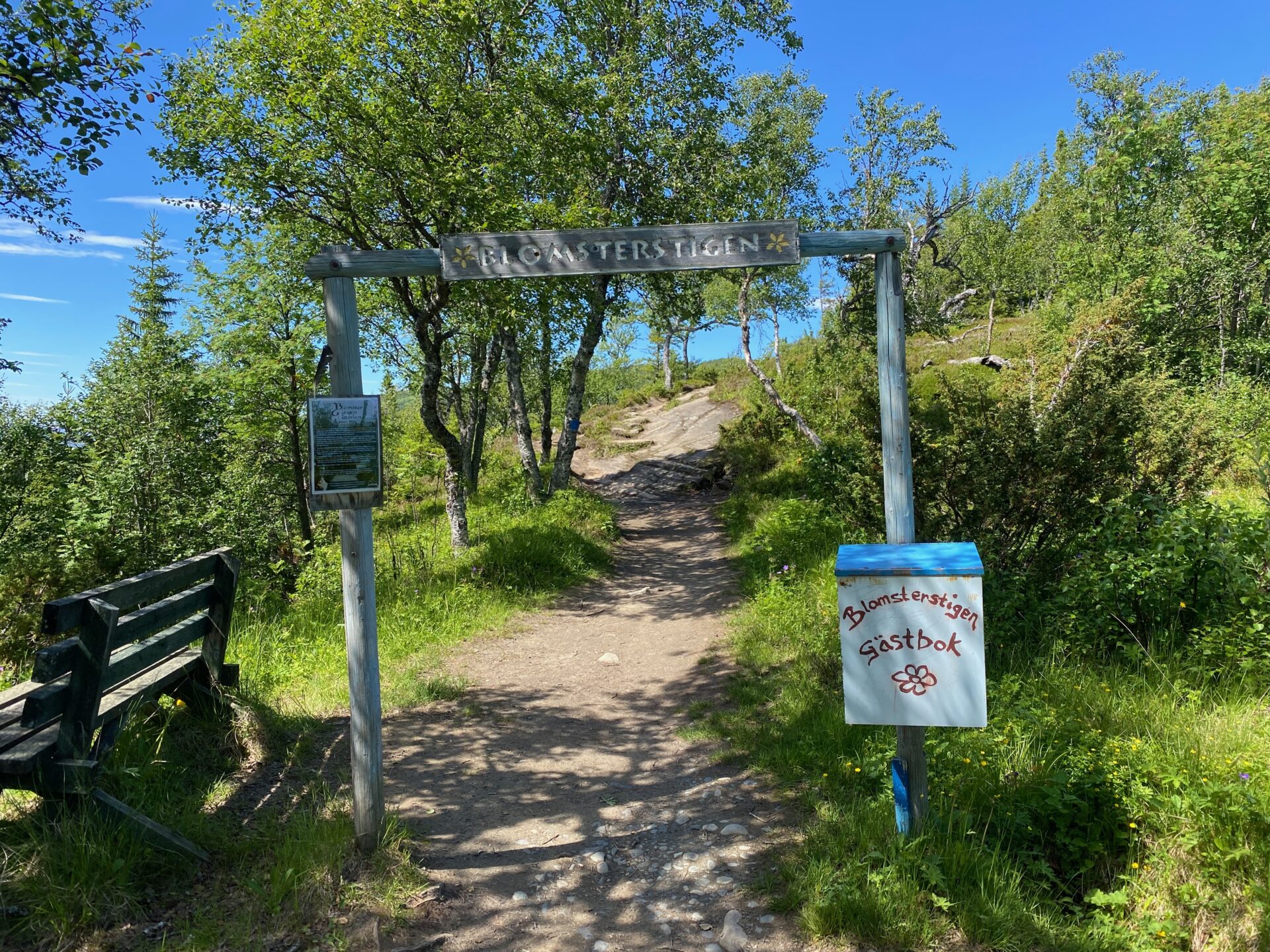“I was introduced early by my parents to be out in the mountains and nature, for which I am grateful. What I enjoy most is reaching the summits and enjoying the view – there’s something special about it. Hiking, for me, is a calming nature experience that recharges my batteries, and it’s a healthy way to get exercise. It’s always important to bring a good snack, especially if you have children. The snack is part of the hiking experience that should not be underestimated.“
In this article you will be introduced to Andreas Edholm, senior tourism developer at Jämtland Härjedalen Tourism (JHT), and his all time favourite hikes in the region of Jämtland Härjedalen, or as we call it, Adventure Sweden.




